Mathematics: The Universal Language of Patterns, Logic, and Discovery
Mathematics: The Universal Language of Patterns, Logic, and Discovery
Mathematics is more than just numbers and equations; it is a profound and universal language that allows us to explore the deepest mysteries of the universe, understand the patterns underlying natural phenomena, and unlock the secrets of the unknown. From the ancient civilizations of Mesopotamia and Egypt to the cutting-edge research laboratories of today, mathematics has played a central role in shaping human knowledge, technology, and culture. In this comprehensive exploration, we delve into the rich history, diverse branches, profound significance, and limitless potential of mathematics.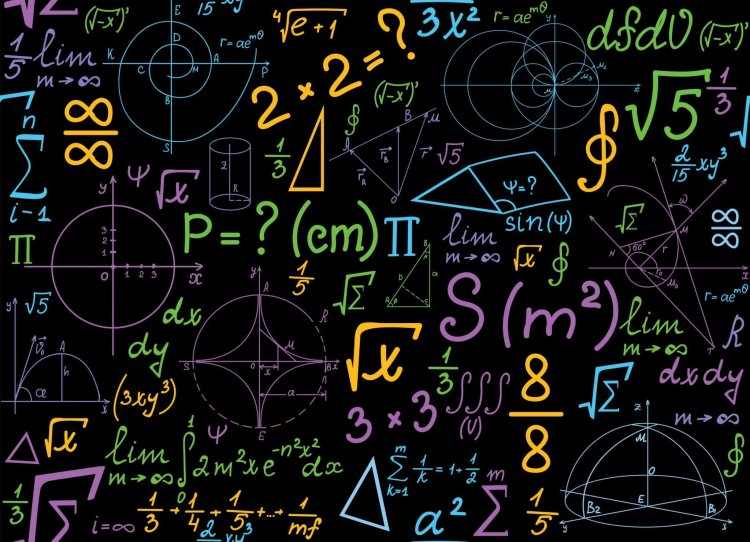
The Evolution of Mathematics: From Antiquity to the Modern Era
The roots of mathematics can be traced back to the earliest human civilizations, where ancient cultures developed rudimentary counting systems to keep track of time, measure land, and conduct trade. The ancient Egyptians used geometry to survey the Nile River and build the pyramids, while the Babylonians developed sophisticated mathematical algorithms for astronomy and astrology.
The ancient Greeks, notably Pythagoras, Euclid, and Archimedes, made groundbreaking contributions to geometry, number theory, and calculus, laying the foundation for modern mathematics. During the Islamic Golden Age, scholars like Al-Khwarizmi and Al-Kindi introduced revolutionary concepts such as algebra and trigonometry, which would later transform the field of mathematics.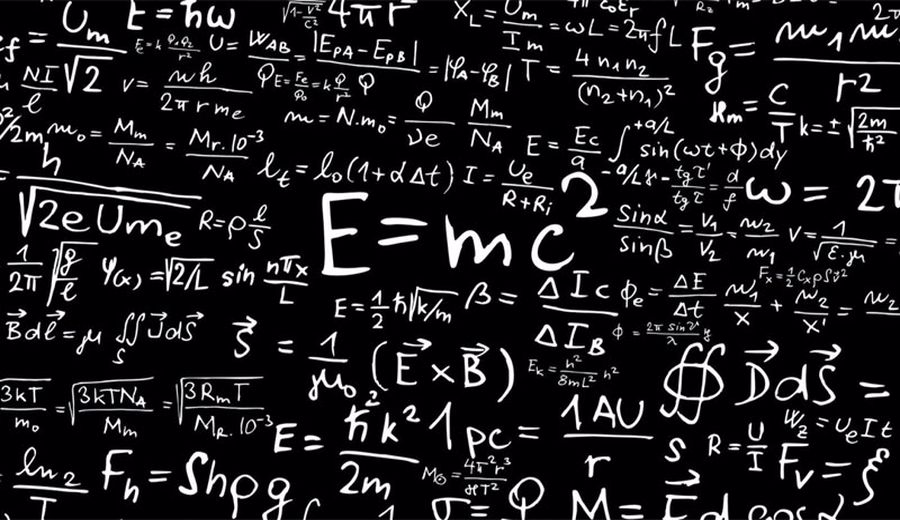
The European Renaissance saw a resurgence of interest in mathematics, with luminaries such as Leonardo Fibonacci, Johannes Kepler, and René Descartes revolutionizing the study of numbers, shapes, and equations. The 17th and 18th centuries witnessed the emergence of calculus, probability theory, and mathematical analysis, paving the way for the scientific revolution and the age of enlightenment.
In the 19th and 20th centuries, mathematics underwent rapid expansion and specialization, with the development of abstract algebra, topology, and mathematical logic. The invention of computers revolutionized mathematical research and enabled scientists to tackle complex problems in cryptography, computational biology, and artificial intelligence.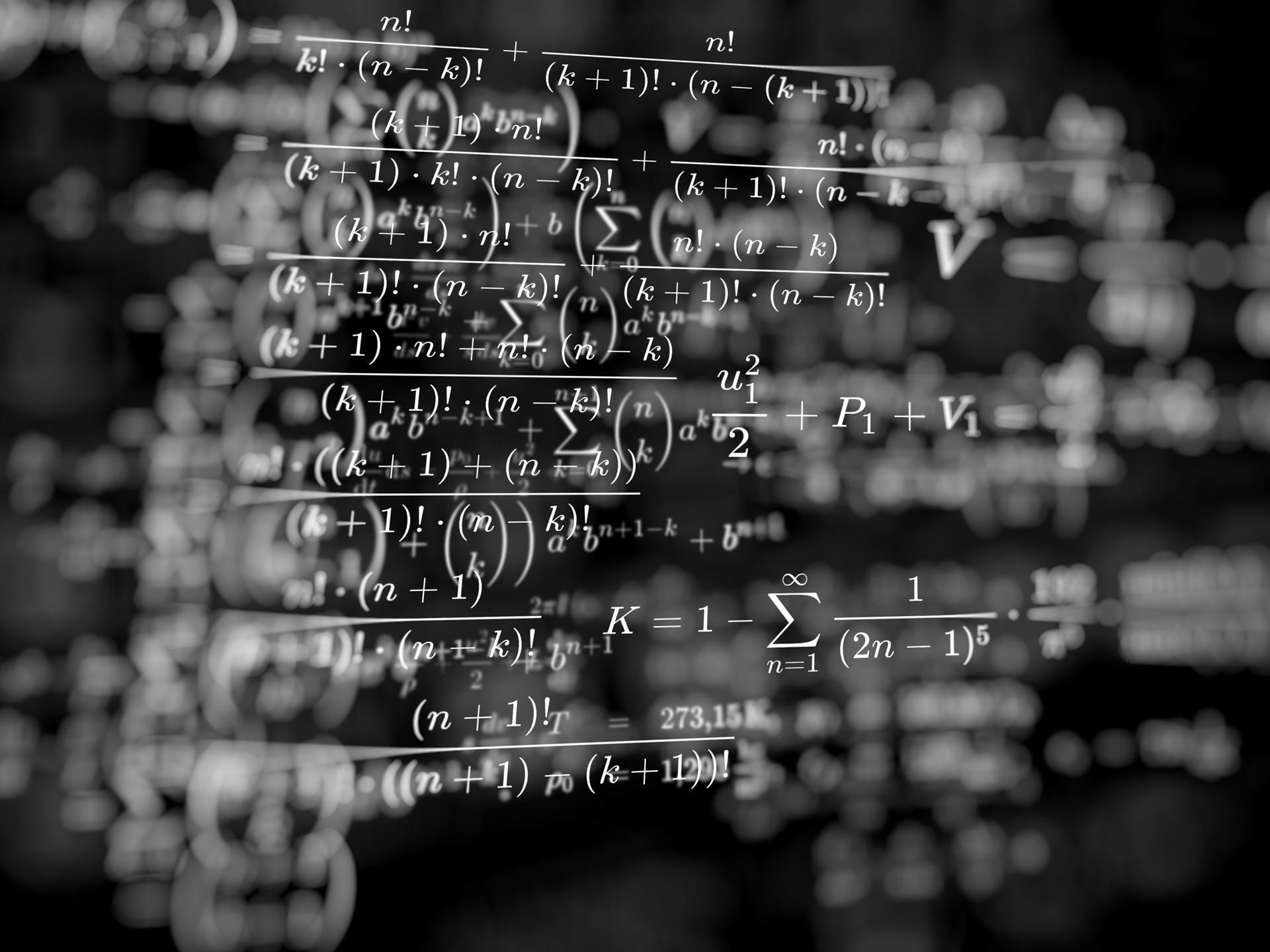
The Branches of Mathematics: A Multifaceted Discipline
Mathematics is a vast and multifaceted discipline that encompasses a diverse range of branches and subfields, each with its own unique focus, methods, and applications. Some of the major branches of mathematics include:
- Arithmetic: The study of basic operations such as addition, subtraction, multiplication, and division, as well as properties of numbers and numerical systems.
- Algebra: The study of mathematical symbols and the rules governing their manipulation, including equations, polynomials, and matrices.
- Geometry: The study of shapes, sizes, and properties of objects in space, including points, lines, planes, and solids.
- Calculus: The study of rates of change and accumulation, including differential calculus (rates of change) and integral calculus (accumulation of quantities).
- Probability and Statistics: The study of uncertainty and randomness, including the analysis of data and the prediction of outcomes in uncertain situations.
- Number Theory: The study of integers and their properties, including prime numbers, divisibility, and modular arithmetic.
- Discrete Mathematics: The study of mathematical structures that are fundamentally discrete, such as graphs, networks, and combinatorial objects.
- Applied Mathematics: The application of mathematical methods to solve real-world problems in science, engineering, economics, and other fields.
Each branch of mathematics has its own rich history, foundational concepts, and practical applications, making it a vibrant and dynamic field of study.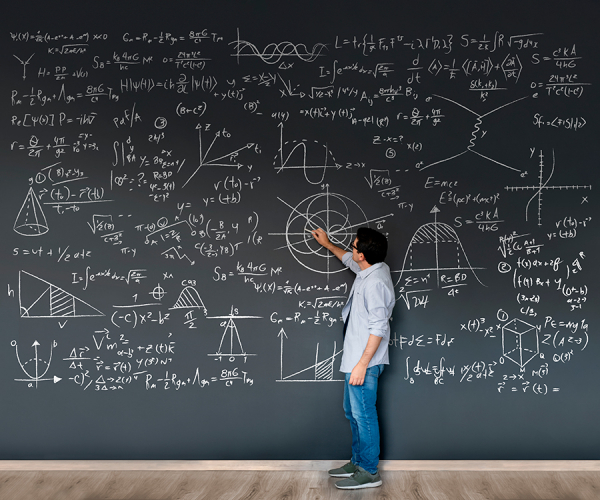
The Significance of Mathematics: Unraveling the Mysteries of the Universe
Mathematics is often described as the "language of science" because of its universal applicability and power to describe the natural world. It provides a rigorous framework for logical reasoning, problem-solving, and critical thinking, making it an essential tool for scientists, engineers, and researchers in all disciplines.
In addition to its practical applications, mathematics also has intrinsic value as a form of intellectual inquiry and creative expression. The beauty and elegance of mathematical concepts, such as the Fibonacci sequence, the golden ratio, and fractal geometry, have inspired artists, writers, and thinkers throughout history.
Furthermore, mathematics plays a vital role in education, fostering essential skills such as numeracy, logical reasoning, and abstract thinking. By studying mathematics, students develop the ability to analyze complex problems, formulate hypotheses, and communicate ideas effectively, preparing them for success in a wide range of careers and pursuits.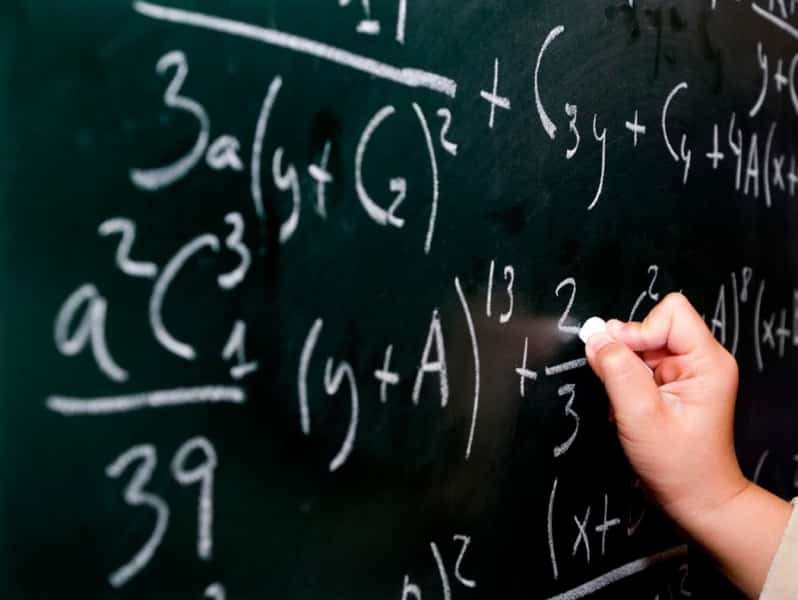
The Future of Mathematics: Exploring New Frontiers
As technology continues to advance, the future of mathematics holds exciting possibilities for exploration and discovery. Emerging fields such as quantum computing, machine learning, and computational biology are opening new frontiers for mathematical research and innovation.
In addition, the interdisciplinary nature of modern science and engineering is driving the demand for mathematicians with expertise in areas such as data science, optimization, and network theory. Mathematicians are playing an increasingly important role in addressing global challenges such as climate change, cybersecurity, and healthcare through collaborative research and interdisciplinary collaboration.
Overall, mathematics remains a dynamic and evolving field that continues to inspire curiosity, creativity, and ingenuity. Whether unlocking the secrets of the universe or solving practical problems in everyday life, mathematics will continue to shape the future of humanity and drive progress in the 21st century and beyond.
Kaynakça
- ^ Bell, E. T. (2012). The Development of Mathematics. Dover Books on Mathematics (reprint, revised bas.). Courier Corporation. s. 3. ISBN 9780486152288. 18 Aralık 2022 tarihinde kaynağından arşivlendi. Erişim tarihi: 18 Aralık 2022.
- ^ Tiwari, Sarju (1992). Mathematics in History, Culture, Philosophy, and Science. Mittal Publications. s. 27. ISBN 9788170994046.
- ^ Restivo, S. (December 2013). Mathematics in Society and History. Springer Netherlands. ss. 14-15. ISBN 9789401129442.
- ^ Musielak, Dora (2022). Leonhard Euler and the Foundations of Celestial Mechanics. Springer International Publishing. ss. 1-183. ISBN 9783031123221.
- ^ Biggs, N. L. (May 1979). "The roots of combinatorics". Historia Mathematica. 6 (2): 109-136. doi:10.1016/0315-0860(79)90074-0.
- ^ Warner, Evan (2013). "Splash Talk: The Foundational Crisis of Mathematics" (PDF). Columbia University. ss. 1-17. 14 Nisan 2021 tarihinde kaynağından (PDF) arşivlendi. Erişim tarihi: 4 Kasım 2022.
- ^ a b Kleiner, Israel (Aralık 1991). "Rigor and Proof in Mathematics: A Historical Perspective". Mathematics Magazine. Taylor & Francis, Ltd. 64 (5): 291-314. doi:10.1080/0025570X.1991.11977625. JSTOR 2690647.
- ^ Dunne, Edward; Hulek, Klaus (March 2020). "Mathematics Subject Classification 2020" (PDF). Notices of the American Mathematical Society. 67 (3). 20 Kasım 2022 tarihinde kaynağından arşivlendi (PDF). Erişim tarihi: 4 Kasım 2022.
- ^ a b c "MSC2020-Mathematics Subject Classification System" (PDF). zbMath. Associate Editors of Mathematical Reviews and zbMATH. 31 Temmuz 2020 tarihinde kaynağından arşivlendi (PDF). Erişim tarihi: 26 Kasım 2022.
- ^ LeVeque, William J. (5 Ocak 2014). Fundamentals of Number Theory. Dover Publications. ss. 1-30. ISBN 9780486141503.
- ^ Goldman, Jay (1997). The Queen of Mathematics: A Historically Motivated Guide to Number Theory. CRC Press. ss. 1-3. ISBN 9781439864623. 18 Aralık 2022 tarihinde kaynağından arşivlendi. Erişim tarihi: 18 Aralık 2022.
- ^ Weil, André (2007). Number Theory, An Approach Through History From Hammurapi to Legendre. Birkhäuser Boston. ss. 1-3. ISBN 9780817645717.
- ^ Kleiner, Israel (Şubat 2000). "From Fermat to Wiles: Fermat's Last Theorem Becomes a Theorem". Elemente der Mathematik. 55: 19-37. doi:10.1007/PL00000079.








































